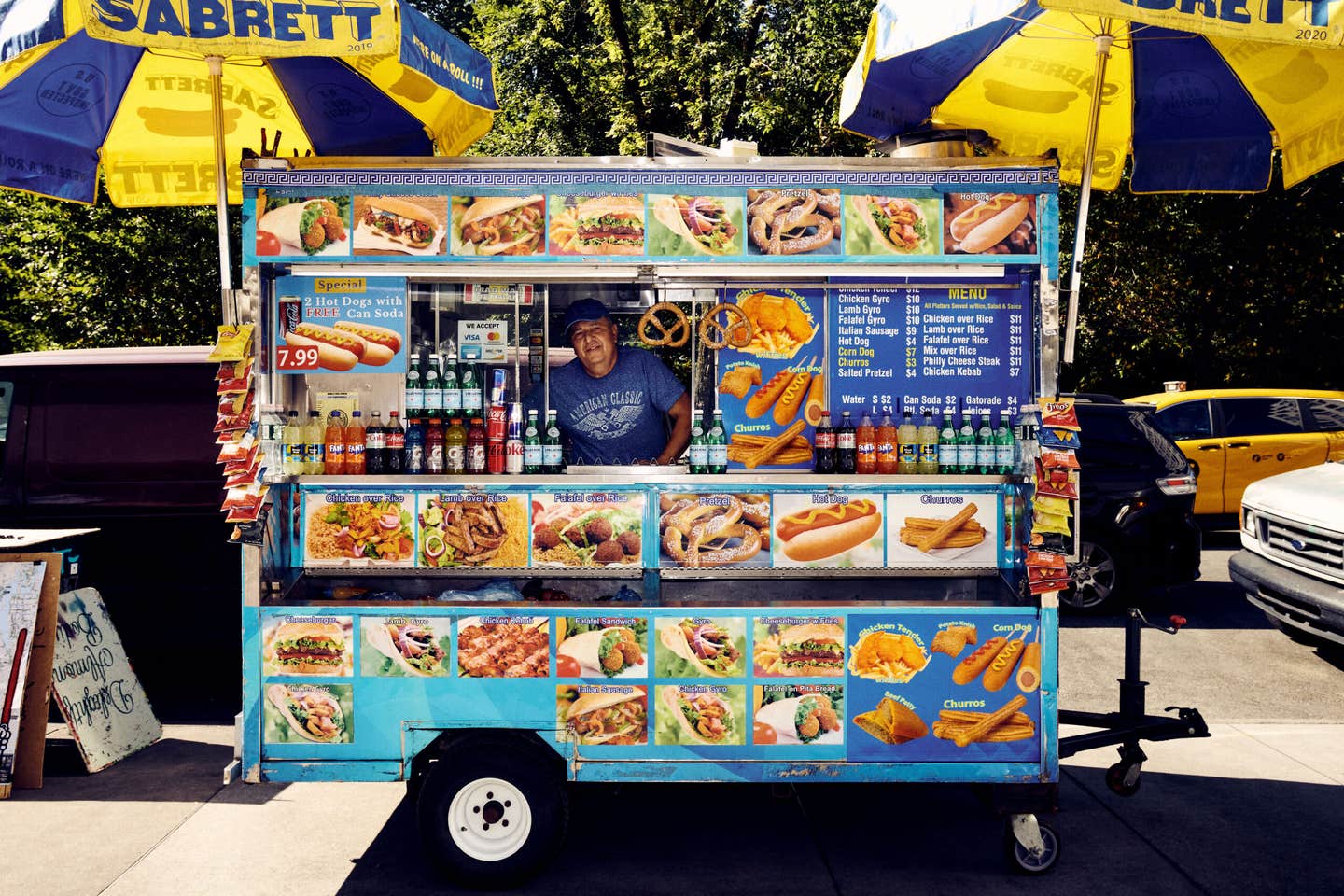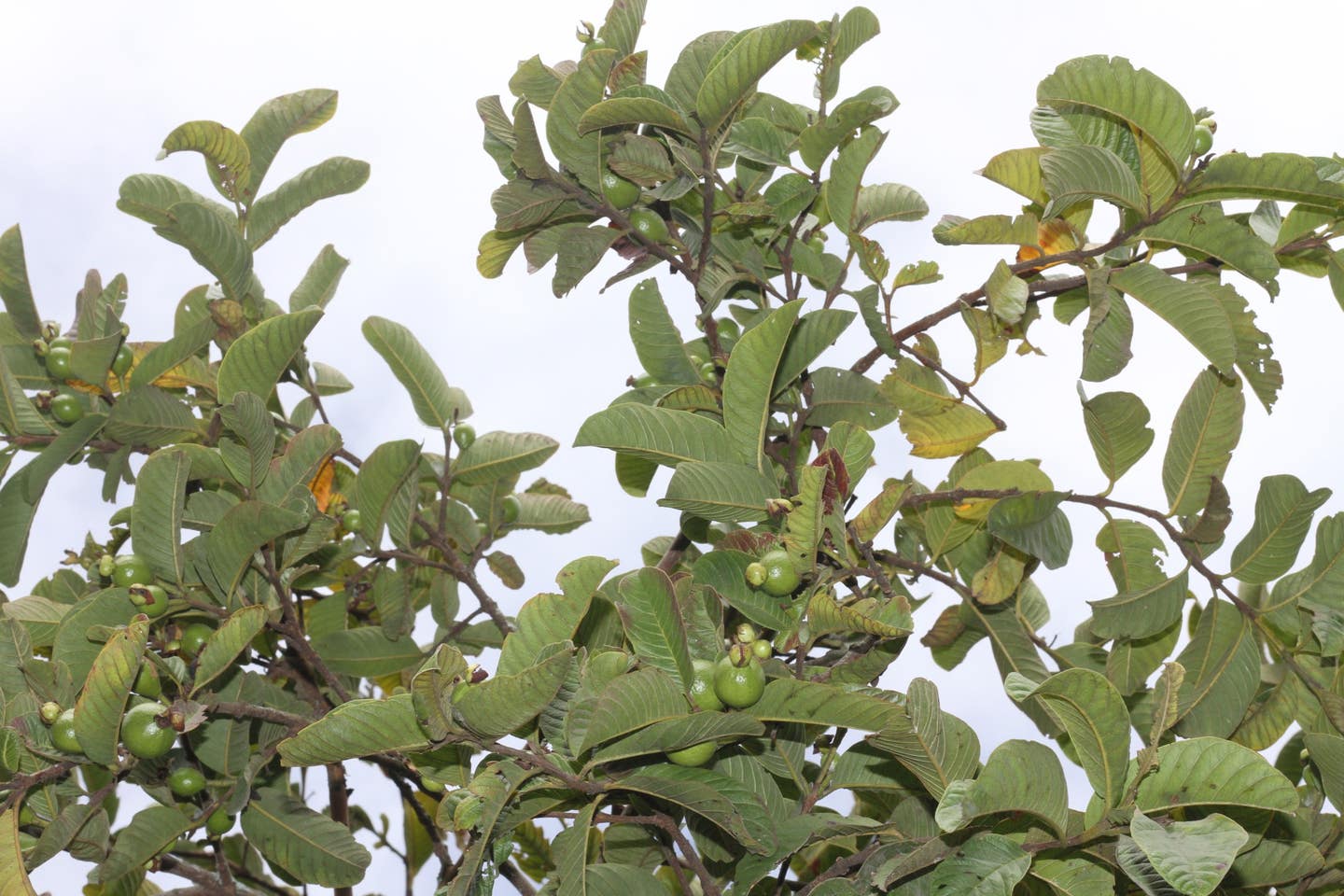
The Guava Dish That Makes Cubans Nostalgic for Home
How the sweet fruit connects this writer’s husband to his native country.
Last New Year’s Eve, my husband reunited with his parents in Havana, Cuba, for the first time in two years. This visit more than ever, the luggage allowance seemed much too low for all the items he wanted to take back to his family.
Some of the things he managed to squeeze into his carry-on bag could be considered essential goods, such as over-the-counter medicines and a toilet bowl seat (which are hard to find in Cuba these days).
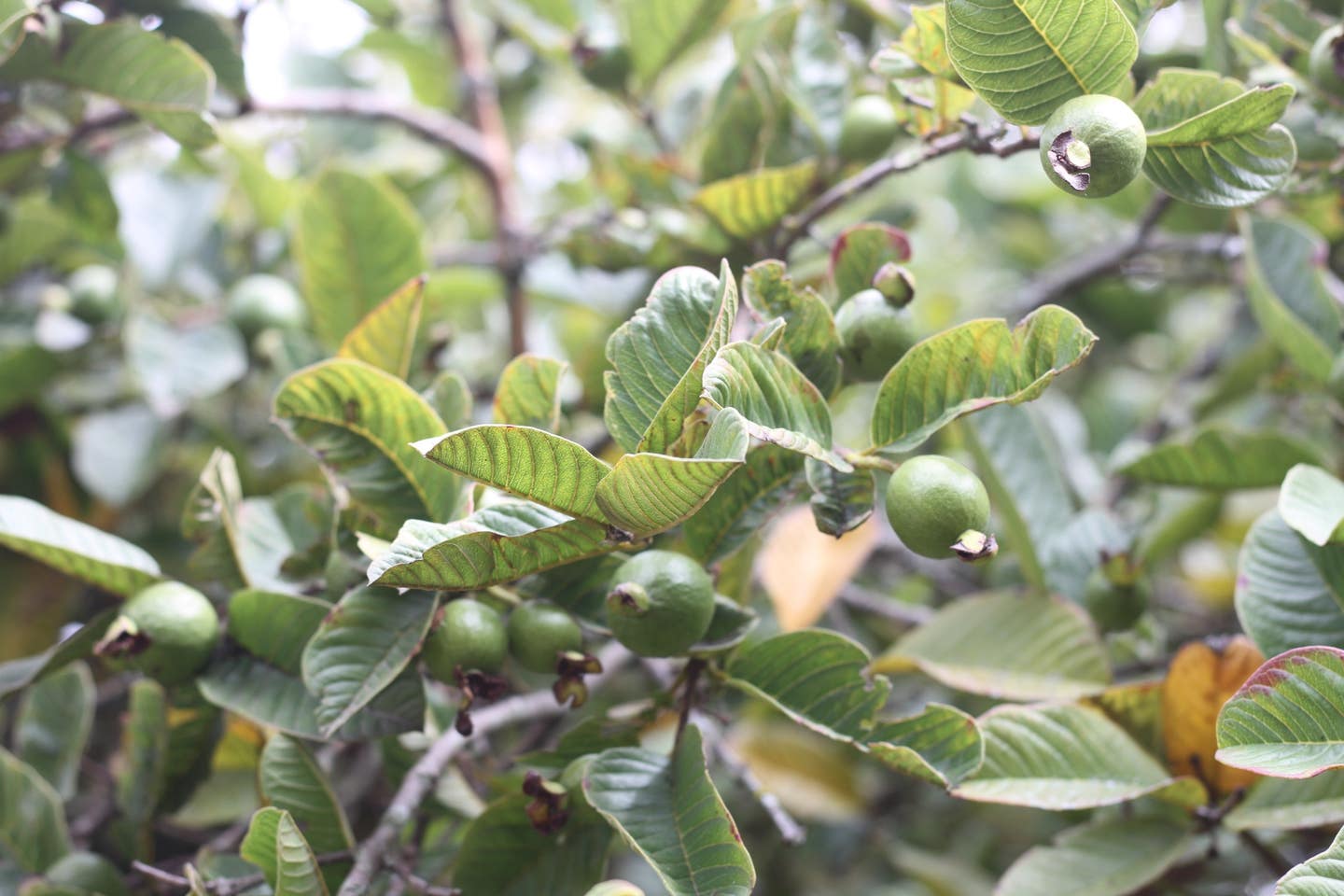
Many immigrants can relate to the experience of shuttling items back and forth between their native and adopted countries. I knew my husband’s decisions about what to bring would be just as challenging on his return trip back to the U.S.—especially when it came to things like food items, which were not necessities but rather nostalgic goods. They satisfy the emotional need immigrants have to stay connected to their places of origin. This category includes casquitos de guayaba, a traditional Cuban dessert made by cooking peeled, halved, and seeded guavas in water and sugar over low heat. As the fruit cooks, the guava’s flesh turns from white to a beautiful and vibrant red. Once soft and cooled, the flesh is served with its syrup, along with a side of cream cheese or another soft white cheese.
The day after my husband left our home in Topeka, Kansas, I invited my mom to come with me to buy some white corn I had seen a local vendor advertising on Facebook. White corn is a nostalgic food for me. In 15 years of living in the U.S., I have only ever found white corn sold at a store once—in a freezer at World Foods, when I was a graduate student living in Champaign, Illinois. I will never forget the colorful label on the plastic packaging: “Giant Peruvian Corn.” I thought “giant” seemed somewhat ridiculous; the exaggerated description must have been intended to contrast the kernels from the sweet corn commonly available in the U.S.
We drove over to the address specified in the Facebook post, though we weren’t in search of corn as much as the pleasant memories of eating it back home in Ecuador, with a side of soft white cheese. To our surprise, we found the place was not an actual store, but a stall set up in somebody’s backyard. The seller explained that he brings the produce from Mexico in a truck and makes stops at several towns on the way to Kansas to sell. By the time he arrived in Topeka, he was already sold out of some items. Luckily for us, he still had plenty of corn, so we picked several ears, as well as a bunch of fresh beans with pods, also a rare find.
I was excited when I noticed the seller also had a box of very green (unripe) guavas. I picked about six of them and added the fruits to our haul, making a mental plan to let the guavas ripen over the next few weeks in a warmer part of the house so I could make my first attempt at casquitos de guayaba as a surprise for my husband when he came home.
Another pleasant surprise was a large box beside the man’s truck containing several whole zambos (big leaf gourds), a fruit that looks similar to a small watermelon—and something we hadn’t seen at any of the so-called “ethnic” grocery stores while living in the U.S. The seller was asking $20 for one. My mom hesitated. In her memory, the price of a large zambo in our hometown of Quito was just a few cents some 40 years ago, and even today would not cost more than five dollars at the markets there. “Too expensive!” she whispered to me, her back turned to the seller so he wouldn’t hear.
As we debated whether to pay what my mom considered an exorbitant price—but which the seller considered fair, given the effort of bringing the fruit all the way from Mexico—he asked us whether this food is well known in Ecuador. I told him that as a child, my grandmother used to cook soups and desserts with the zambos she grew in our backyard. I added that zambos might have actually originated in the Andean region in South America. He looked surprised. “In Mexico, we call it chilacayote”, he said, explaining it is most commonly consumed as a dessert, cooked slowly with piloncillo (unrefined cane sugar) and cinnamon sticks. The Ecuadorian version of this recipe is almost identical, with the option of adding blended or pureed fruits such as pineapple, guava, or naranjilla.
We got ready to pay. My mom decided to leave the pricey zambo behind. Suddenly, the seller had a change of heart. He offered it for $15 as a concession, given the special family significance the vegetable held for us. My mom still wasn’t convinced. “Just think,” I said, “You might never be able to find this here again. You don’t really mind spending $15 on a restaurant meal or a few items at a garage sale. We could cook the zambo soup that grandma used to make. It’s more than worth it.” She finally gave in, and we carried the zambo along with the guava and other produce to our car.
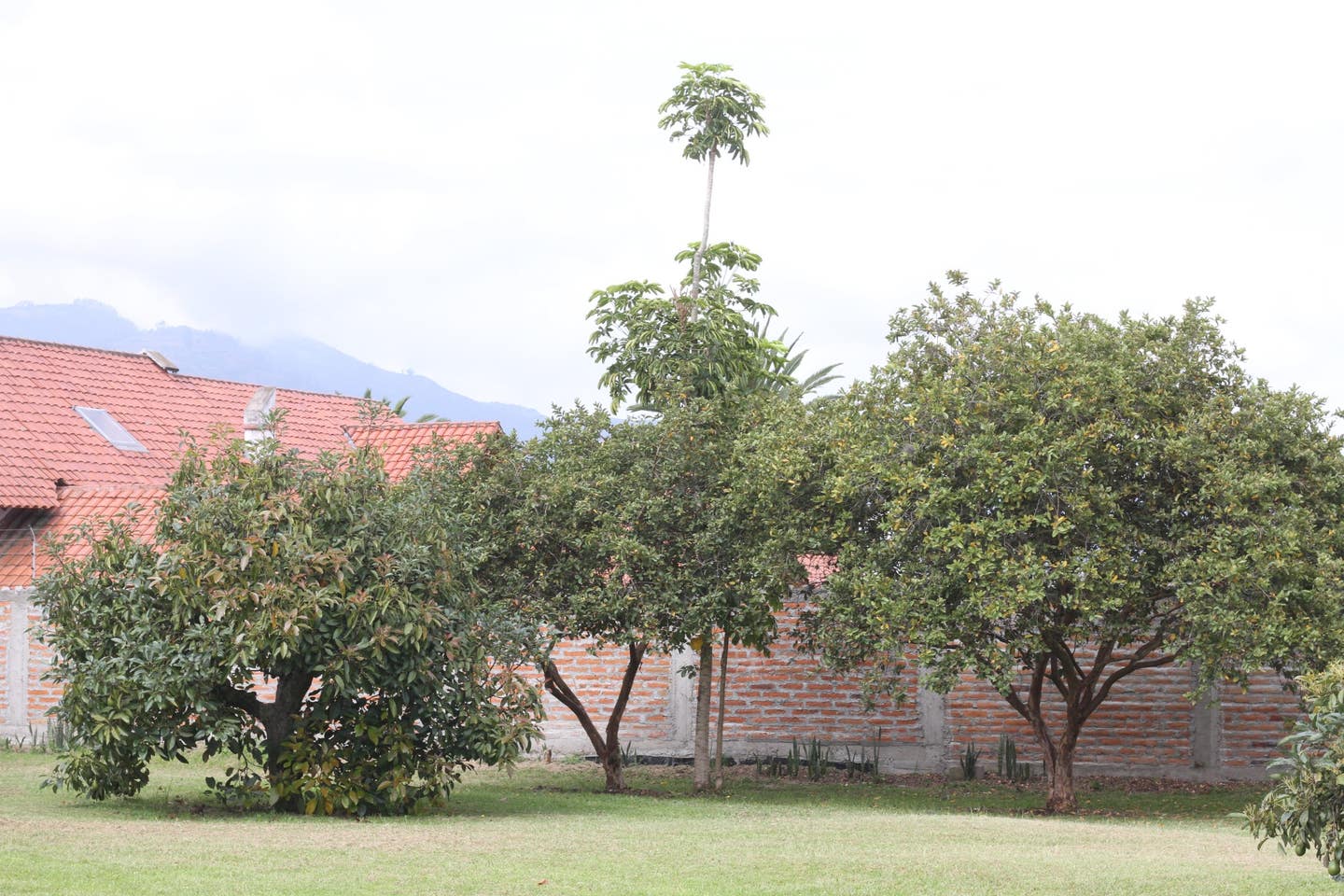
When I picked up my husband from the airport, I knew he would be bringing some nostalgic goods—he had excitedly told me about them during our daily Whatsapp calls. The foods included mangoes in a can, which I wasn’t thrilled about, given our previous experiences of the fruit taking on a metallic taste and me having to toss it.
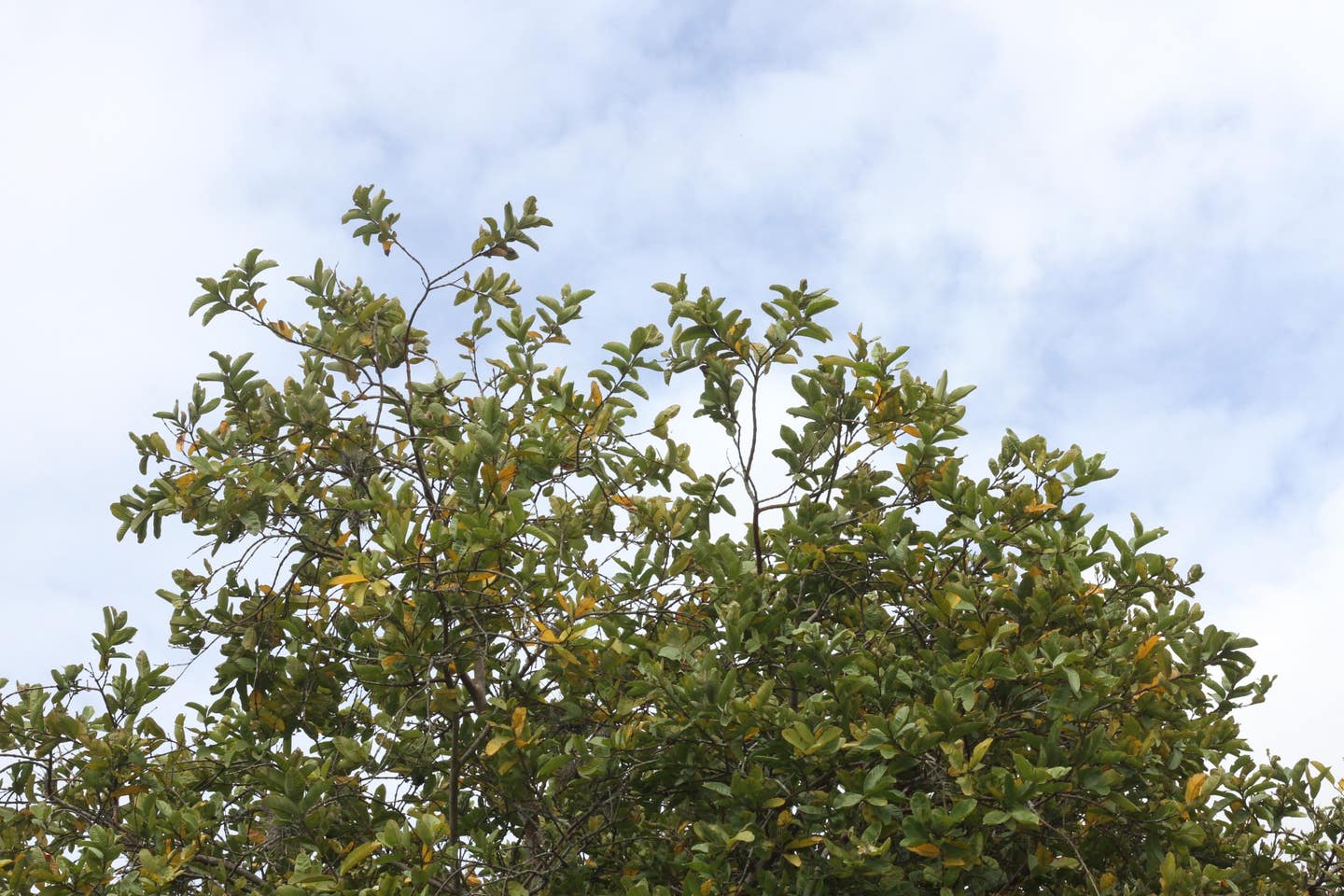
As we drove home, he confessed that he had wanted to surprise me with homemade casquitos de guayaba, made fresh before his trip by my father-in-law. We had smuggled these into our suitcases during previous trips back from Cuba, packed in a plastic container and sealed with duct tape to prevent leakage. Sadly, this time they hadn’t been able to find guavas for sale anywhere in the markets of their Havana neighborhood. “That’s too bad,” I said, then told him I had planned to surprise him with casquitos myself. In my case, however, the guavas had refused to ripen even in the warmest spot of the house near the heating vent. Conditions were less than optimal; these had been the coldest weeks all winter in Kansas.
I’ve always thought that the foods we associate so strongly with the places we grew up are an aspiration. For this reason, they are almost always disappointing. The romanticized memories and high expectations that come from the trouble of transporting them rarely match the reality: vegetables that are bland, artificially preserved, or sometimes even tasteless. The resulting meals fall short of the meal I idealize in my memories. In a strange way, then, it’s not the pleasurable eating experience, but rather the ensuing disappointment, that continues to fuel never-ending attempts to satiate these cravings for a taste of home.
Recipes
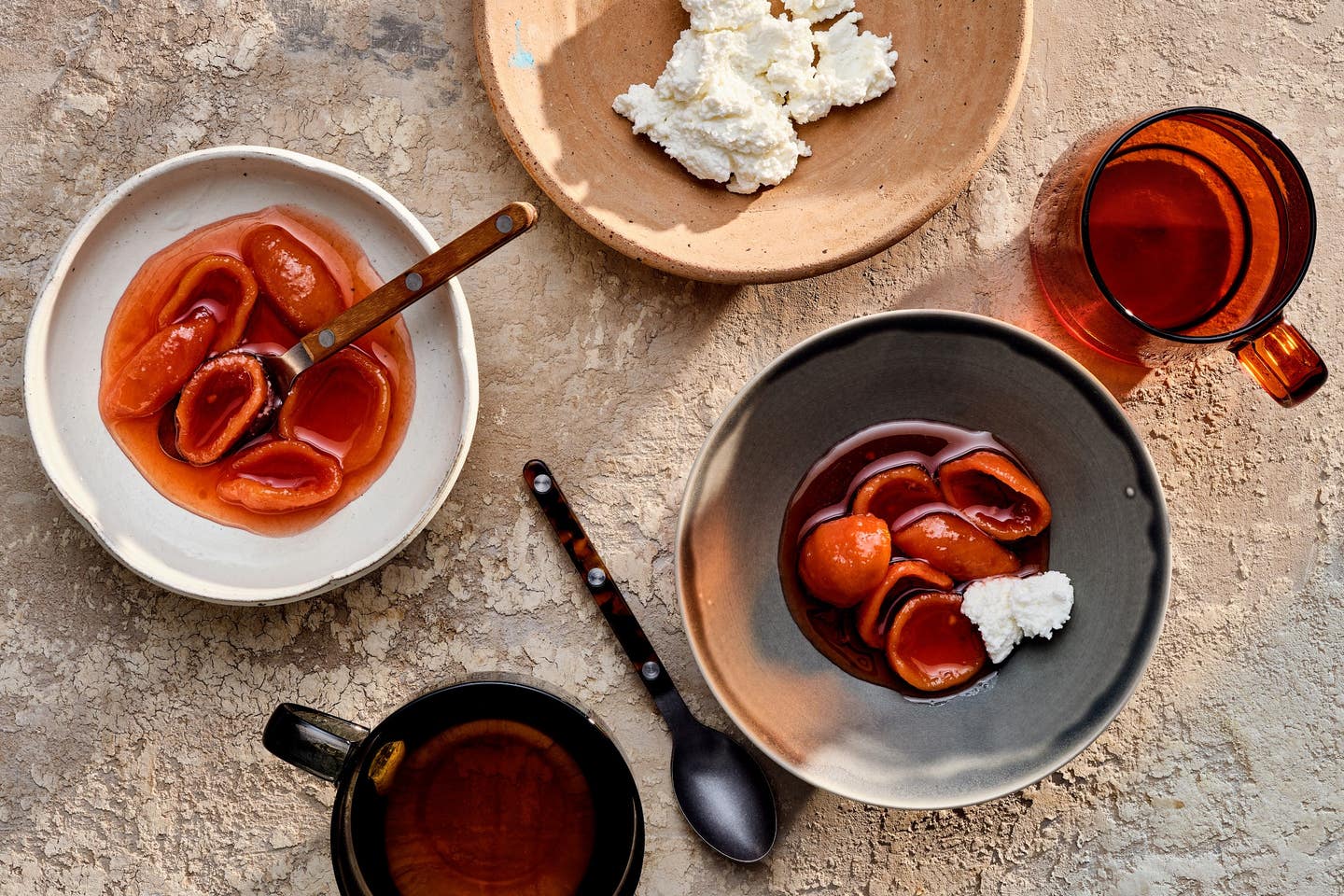
Keep Reading
Continue to Next Story









